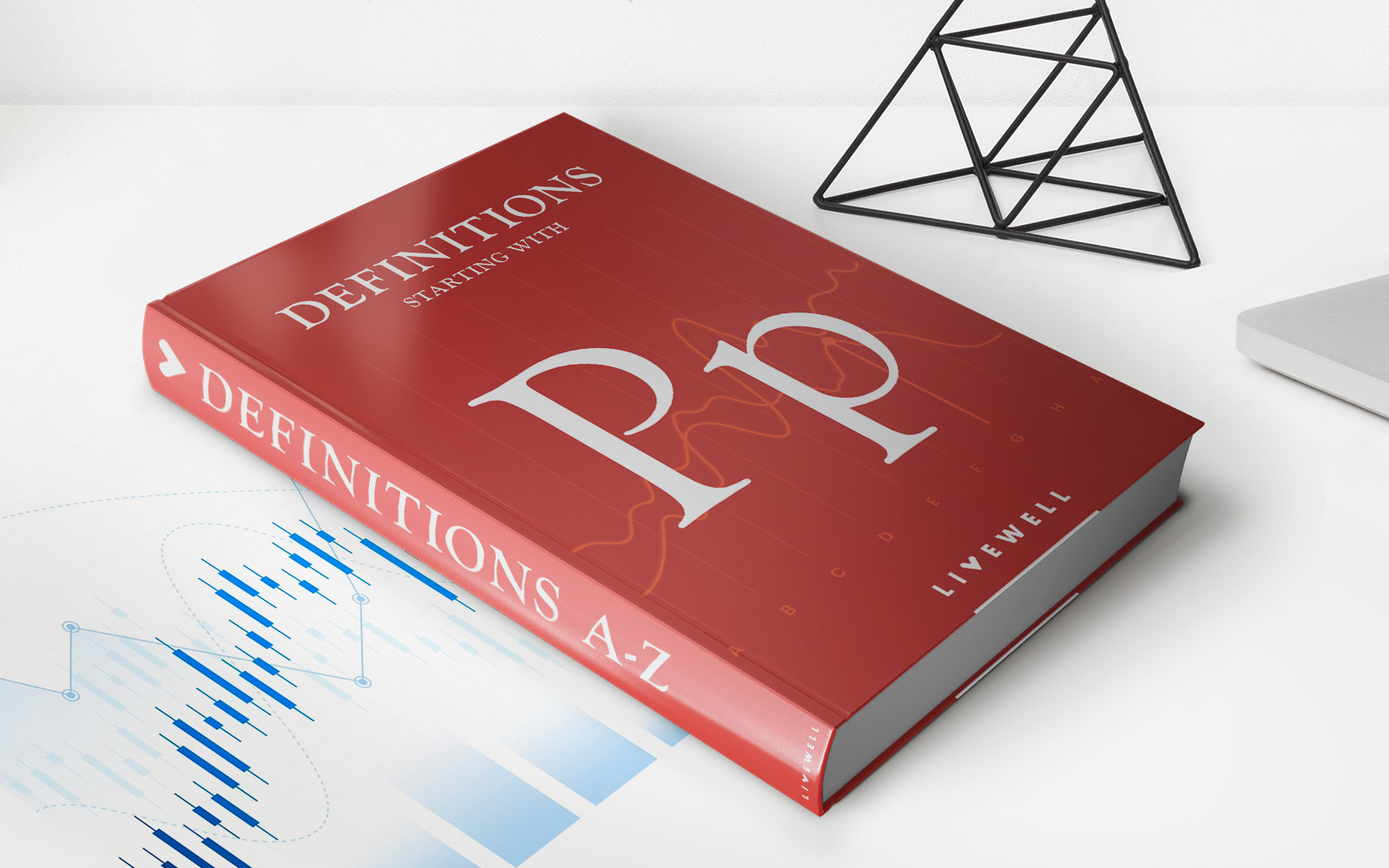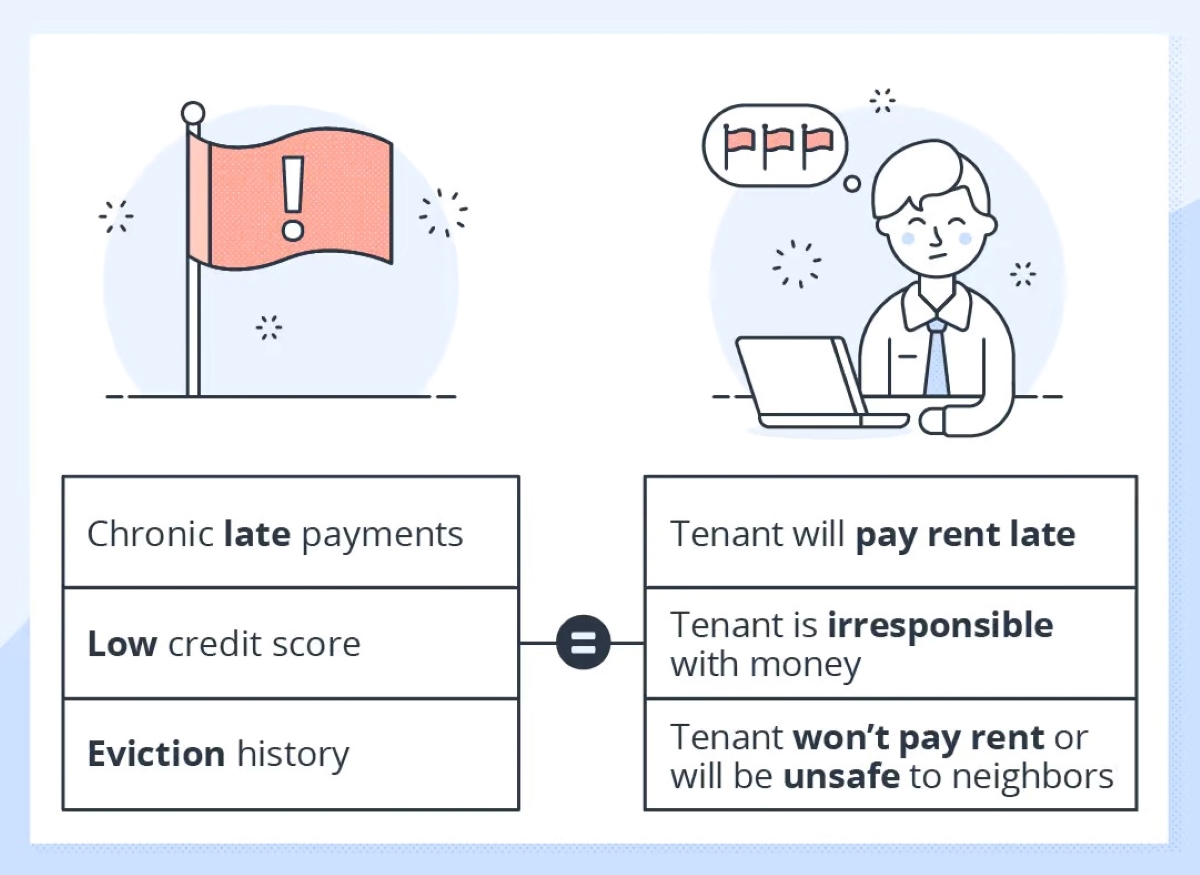Home>Finance>Joint Owned Property: Definition, How It Works, Risks


Finance
Joint Owned Property: Definition, How It Works, Risks
Published: December 14, 2023
Learn about joint owned property in finance, including its definition, how it works, and the associated risks. Get expert insights to make informed decisions.
(Many of the links in this article redirect to a specific reviewed product. Your purchase of these products through affiliate links helps to generate commission for LiveWell, at no extra cost. Learn more)
Understanding Joint Owned Property: Definition, How It Works, Risks
Are you considering buying property with another person? Joint ownership can be a great way to invest in real estate while sharing the costs and responsibilities. However, it’s important to understand how joint ownership works, as well as the potential risks involved. In this article, we will explore the definition, mechanics, and risks of joint owned property.
Key Takeaways:
- Joint owned property refers to a situation where two or more individuals share ownership rights and responsibilities of a piece of real estate.
- Joint owners can hold property as tenants in common or as joint tenants with right of survivorship, each with its own implications.
Definition of Joint Owned Property
Joint owned property, also known as co-ownership, is a legal arrangement where two or more individuals hold ownership rights to a specific piece of real estate. Joint ownership can take several forms, including married couples jointly owning their family home or business partners investing in a commercial property. Each co-owner has an undivided interest in the property, which means they share both the benefits and responsibilities associated with the ownership.
Joint ownership can be established in two primary ways:
- Joint Tenancy with Right of Survivorship (JTWROS): In this form of co-ownership, each joint tenant holds an equal share of the property. When one co-owner passes away, their share automatically transfers to the surviving co-owners, without the need for probate. This feature allows joint tenancy to provide a seamless transfer of property upon death.
- Tenancy in Common (TIC): In this arrangement, co-owners still hold an undivided interest in the property, but their shares can be unequal. Unlike joint tenancy, when a co-owner dies, their share does not automatically transfer to the surviving co-owners; instead, it becomes part of their estate.
How Joint Ownership Works
Joint ownership operates on the principle of shared ownership with distinct legal rights and responsibilities. Here’s how it typically works:
- The co-owners agree on the terms of ownership, including the percentage of ownership, division of costs, and management of the property.
- Each co-owner contributes towards the purchase price and associated expenses. The contribution may be in the form of cash, mortgage payments, or other resources.
- All co-owners are listed on the property deed, which specifies the type of joint ownership and the percentage of ownership for each individual.
- Co-owners are responsible for maintaining the property and paying property-related expenses, such as mortgage payments, property taxes, insurance, and maintenance costs. The division of expenses may correspond to each co-owner’s share in the property.
- If one co-owner wants to sell their share or transfer ownership, they can do so with the agreement of the other co-owners, or in some cases, by seeking legal action.
Risks of Joint Owned Property
While joint ownership offers benefits, there are also risks and potential challenges that need to be considered:
- Disagreements: Differences in opinion may arise among co-owners regarding maintenance, improvements, or even the decision to sell the property. A lack of consensus can lead to disputes and legal complications.
- Liability: Joint owners may be personally liable for any debts or obligations related to the property. If one owner defaults on a loan or faces a lawsuit, the other co-owners may be affected.
- Dependency: Joint ownership may limit an individual’s ability to sell or refinance their share of the property independently. The consent of the other co-owners may be required, which could restrict a person’s financial freedom.
- Death or Divorce: If a co-owner dies or goes through a divorce, their share of the property may be subject to legal proceedings, potentially affecting the ownership structure and causing additional complications.
Before entering into a joint ownership arrangement, it is crucial to consider these risks and consult with legal and financial professionals to ensure a clear understanding of the implications and protections available.
In conclusion, joint owned property can be a viable option for those looking to invest in real estate while sharing costs and responsibilities. By understanding the definition, mechanics, and potential risks, individuals can make informed decisions when embarking on joint ownership ventures.














